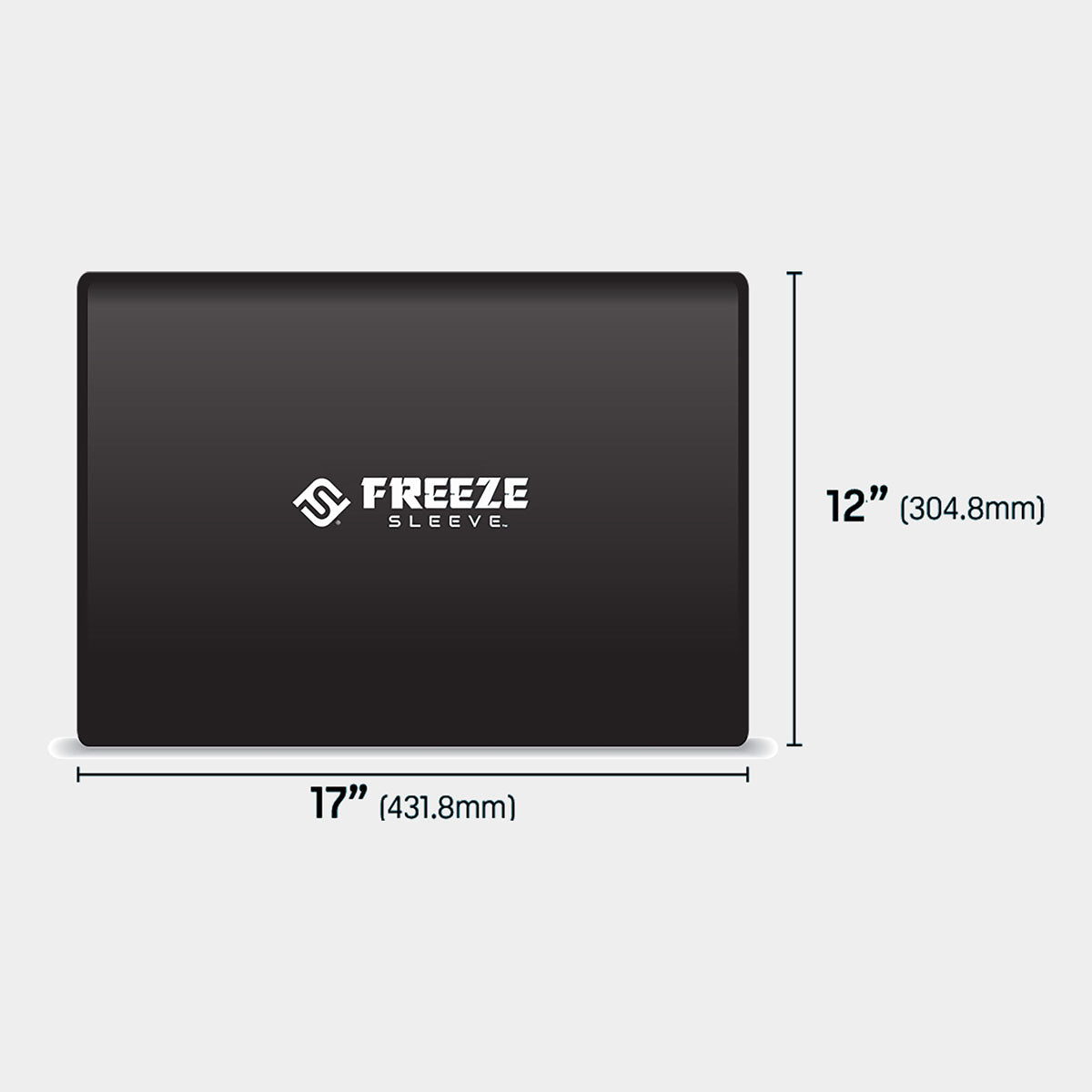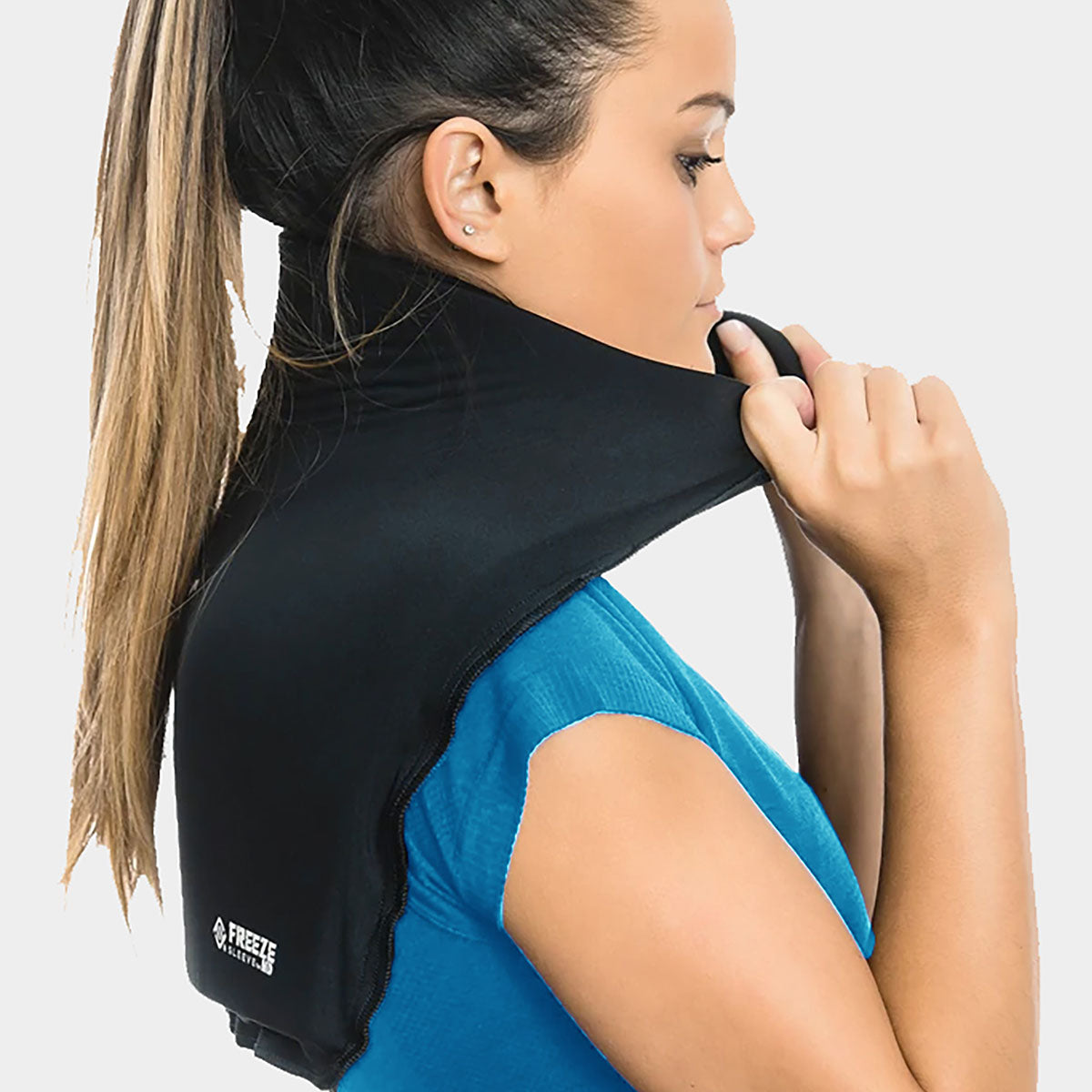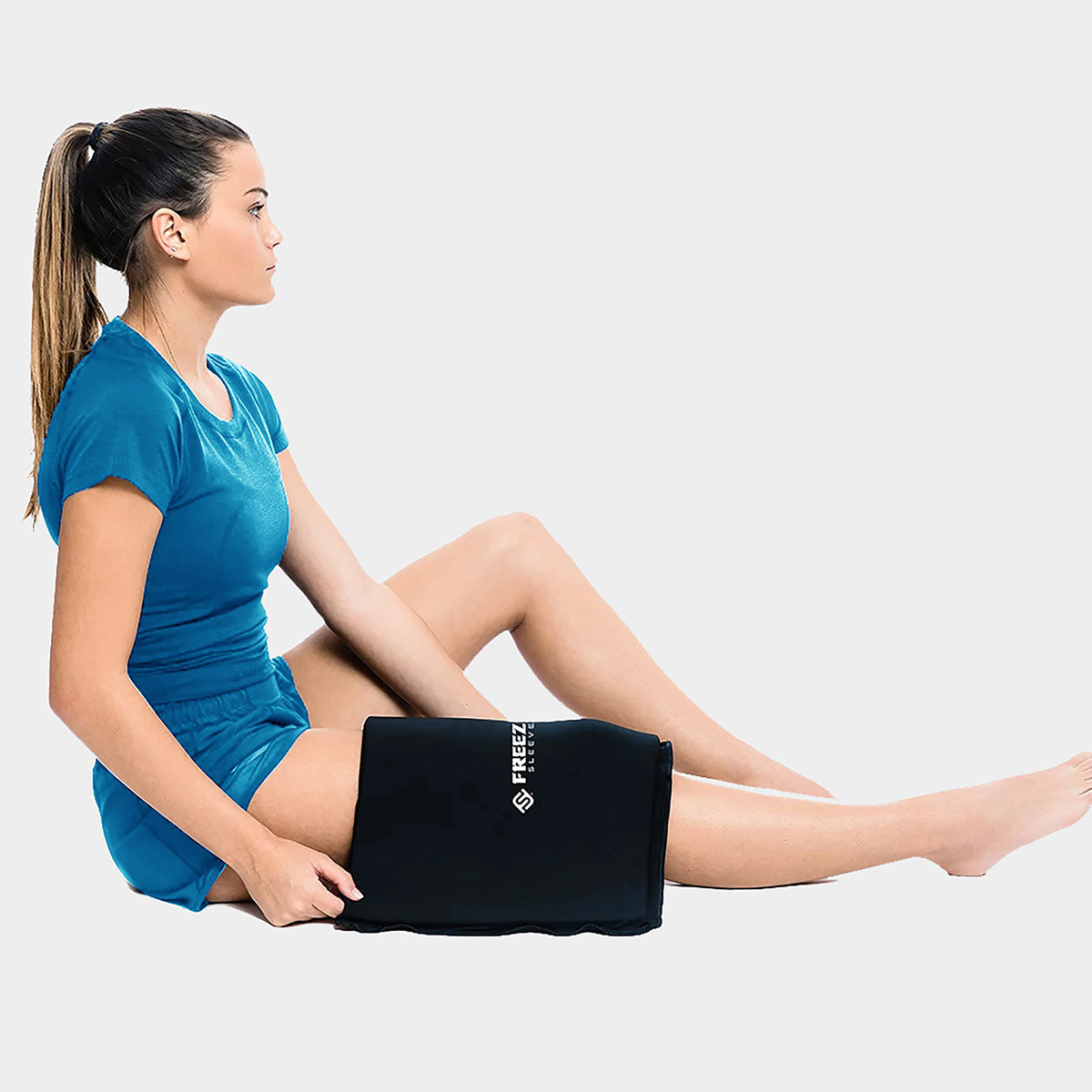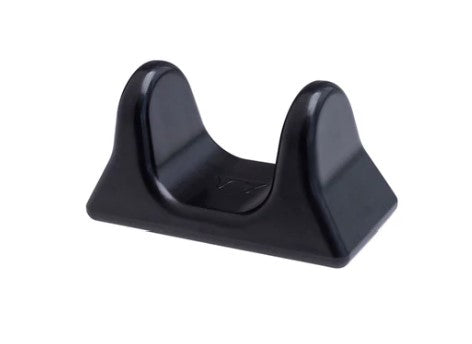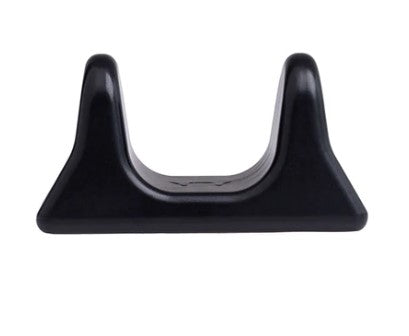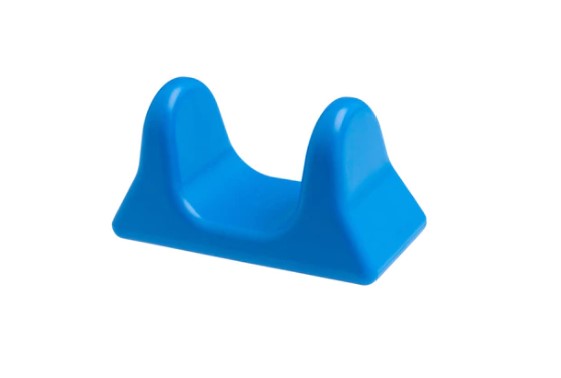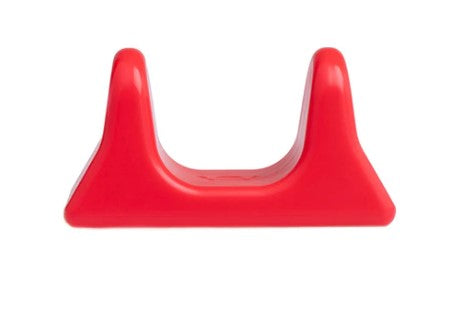Earlier this season, Josh Hamilton put on an amazing show with 28 homeruns in the first round of the major league baseball (MLB) Homerun Derby. While he lost to Justin Morneau in the finals of the contest, Hamilton did smash four, 500 + foot shots—and steal the hearts of many New York fans. It’s an incredible story. Hamilton has bounced back from eight stints in rehabilitation for drugs and alcohol to get where he is today.
Geek that I am, though, I spent much of the time focusing on the incredible hip rotation and power that these guys display on every swing. According to previous research, the rotational position of the lead leg changes a ton from foot off to ball contact. After hitting a maximal external rotation of 28 degrees during the foot off “coiling” that takes place, those hips go through some violent internal rotation as the front leg becomes stiff to serve as a “block” over which crazy rotational velocities are applied.
How crazy are we talking? How about 714 degrees/second at the hips? This research on minor leaguers also showed that stride length averaged 85 cm—or roughly 380 percent of hip width. So, you need some pretty crazy abduction and internal rotation range-of-motion (ROM) to stay healthy. And, of course, you need some awesome deceleration strength—and plenty of ROM in which to apply it—to finish like this.
Meanwhile, players are dealing with maximum shoulder and arm segment rotational velocities of 937 degrees/second and 1160 degrees/second, respectively. All of this happens within a matter of 0.57 seconds. Yes, about a half a second.
These numbers in themselves are pretty astounding and probably rivaled only by the crazy stuff that pitchers encounter on each throw. All these athletes face comparable demands, though, in the sense that these motions take tremendous timing to sequence optimally. In particular, in both the hitting and pitching motions, the hip segment begins a counterclockwise (forward) movement before the shoulder segment (which is still in the cocking/coiling phase).
Check out this photo of Tim Hudson (more on this later):
Many of you have probably heard about a “new” injury in major league baseball—oblique strains. These have left many people looking for answers. In fact, the USA Today published a
great article on this exact topic earlier this season. Guys like Hudson, Chris Young, Manny Ramirez, Albert Pujols, Chipper Jones, and Carlos Beltran (among others) have dealt with this painful injury in recent years. The best line in this entire article, with respect to Hudson, was:
“After the 2005 season, he stopped doing core work and hasn’t had a problem. Could that be the solution?”
I happen to agree with the mindset that some core work actually contributes to the dysfunction. To me, the answer rests with where the injury is occurring—“always on the opposite side of their throwing arm and often with the muscle detaching from the eleventh rib.” If I’m a right-handed pitcher (or hitter) and my left hip is already going into a counterclockwise movement as my upper body is still cocking/coiling in a clockwise motion—both with some crazy rotational velocities, it makes sense that the area that is stretched the most is going to be affected if I’m lacking in ROM at the hips or thoracic spine.
I touched on the need for hip rotation ROM, but the thoracic spine component ties right into the “core work” issue. Think about it this way—if I do thousands of crunches and/or sit-ups over the course of my career (the attachment points of the rectus abdominus (“abs”) are on the rib cage and pelvis), won’t I just be pulling that rib cage down with chronic shortening of the rectus, thus reducing my thoracic spine ROM in the process?
Go take another look at the picture of Tim Hudson above. If he lacks thoracic spine ROM, he’s either going to jack his lower back into lumbar hyperextension and rotation as he tries to “lay back” during the late cocking phase, or he’s just going to strain an oblique. It’s going to be even worse if he has poor hip mobility and poor rotary stability (or the ability to resist rotation where you don’t want it).
Now, I’m going to make another bold statement but first some quick background information.
- Approximately 50–55 percent of pitching velocity comes from the lower extremity.
- Upper extremity EMG activity during the baseball swing is nothing compared to what goes on in the lower body. In fact, Shaffer et al. commented, “The relatively low level of activity in the four scapulohumeral muscles tested indicated that emphasis should be placed on the trunk and hip muscles for a batter’s strengthening program.”
Meanwhile, guys receive elaborate throwing programs to condition their arms. They obviously never miss an upper body day (also known as a “beach workout). However, the lower body is never brought up to snuff, and it lags off even more in-season when lifting frequency is lower and guys do all sorts of running to “flush their muscles.” The end result is that the difference between 714 degrees/second (hips) and 937 degrees/second and 1160 degrees/second (shoulders and arms) gets bigger and bigger. Guys also lose lead leg, hip internal rotation over the course of the season if they aren’t diligent with their hip mobility work.
So, in my opinion, here’s what we need to do avoid these issues:
- Optimize hip mobility, particularly with respect to hip internal rotation and extension. It is also extremely important to realize the effect that poor ankle mobility has on hip mobility. You need to have both so don’t just stretch your hip muscles and then walk around in giant high-tops with big heel lifts all day.
- Improve thoracic spine range of motion into extension and rotation. Inside-Out from Robertson and Hartman is a great resource in this regard.
- Get rid of the conventional “ab training/core work” and any yoga or stretching positions that involve lumbar rotation or hyperextension. Instead, focus exclusively on optimizing rotary stability and the ability to isometrically resist lumbar hyperextension. Jim Smith has several awesome drills in
Combat Core.
- Get guys strong in the lower body, not just the upper body.
- Don’t overlook the importance of reactive work both in the lower and upper body. I’ve read estimates that approximately 25–30 percent of velocity comes from elastic energy. So sprint, jump, and throw the medicine balls.















































